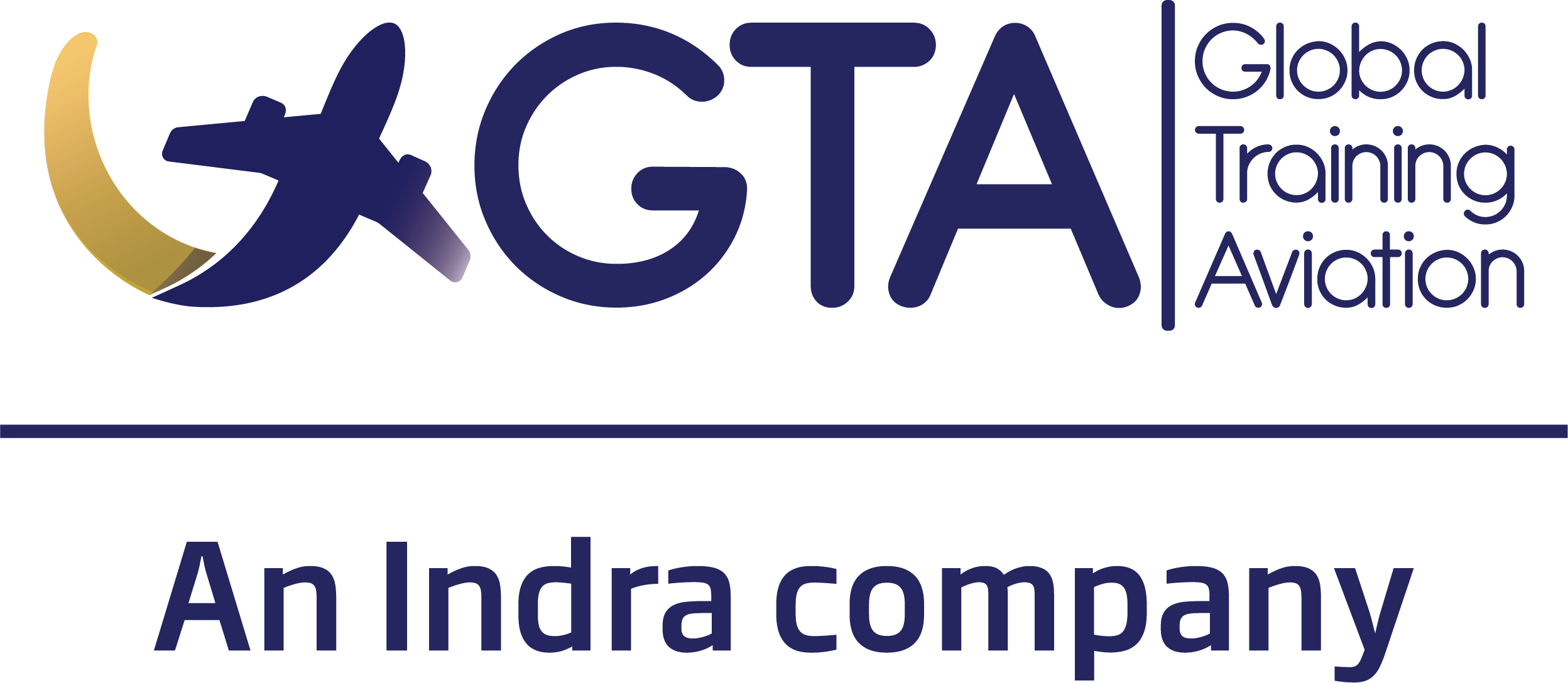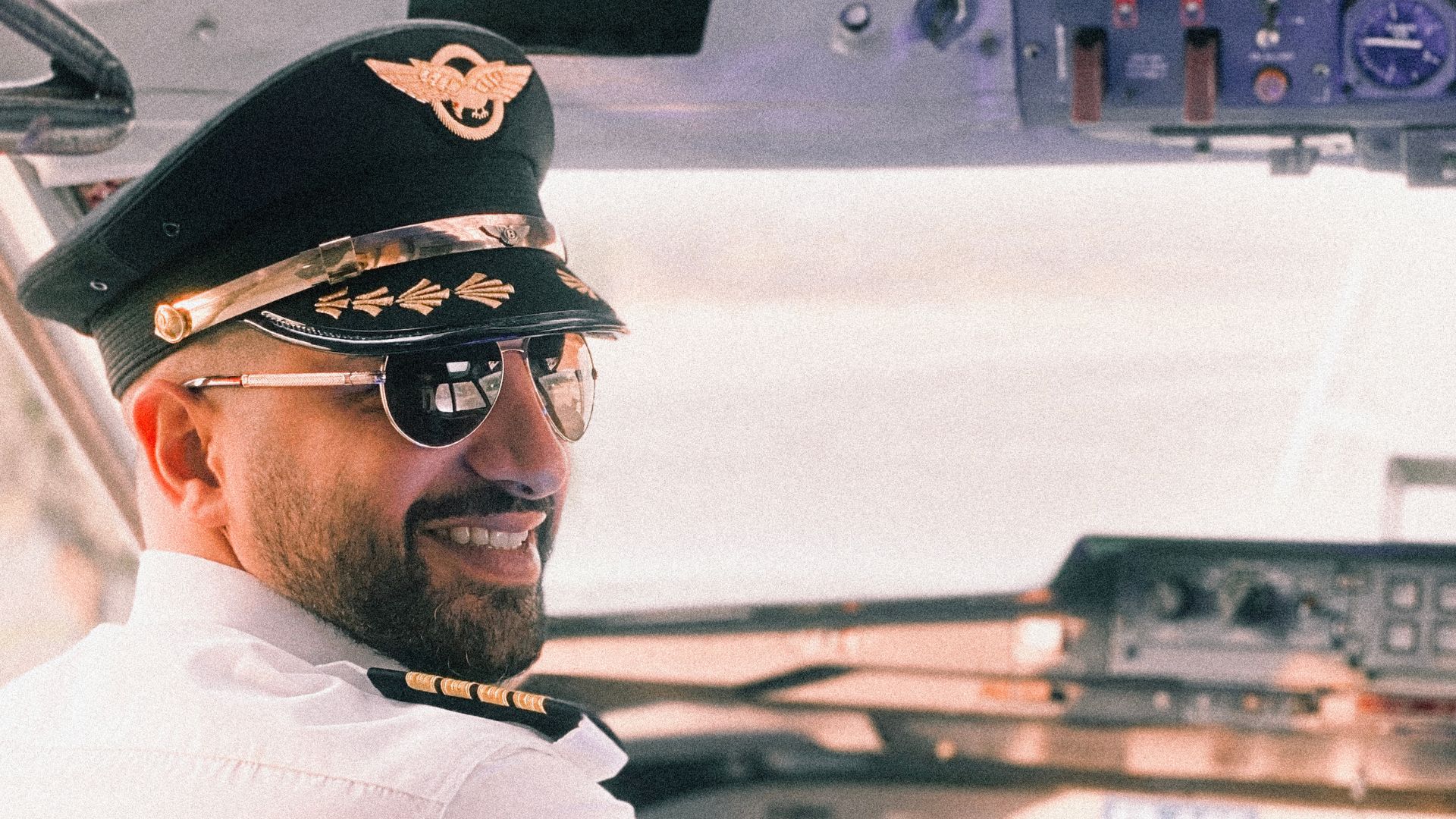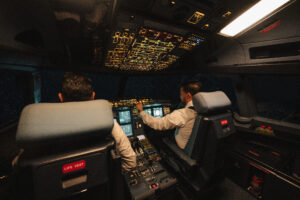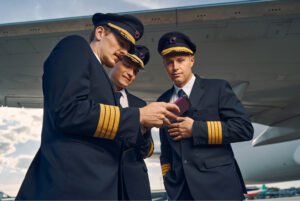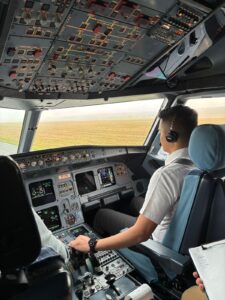Becoming a commercial pilot is an exciting and rewarding career path, but it requires commitment, determination, and a clear understanding of the steps involved. This guide provides a comprehensive look at the essential phases of becoming a commercial pilot in 2025, from obtaining your Private Pilot License (PPL) to completing your Airline Transport Pilot License (ATPL). Each phase includes critical information, the hours required, and helpful insights to make your journey easier to navigate.
1. Obtain Your Private Pilot License (PPL)
The first step toward your career as a commercial pilot is obtaining your Private Pilot License (PPL). This license allows you to fly an aircraft for personal purposes, and it forms the foundation for all subsequent training. In order to earn your PPL, you need to complete a minimum of 40 hours of flight time. This is made up of both dual instruction (flying with an instructor) and solo flight hours, where you’ll learn the basics of handling an aircraft.
The PPL training curriculum includes a variety of key flight maneuvers, and you will learn how to manage the aircraft, plan flights, and handle emergency situations. Key components of PPL training include:
- Basic flight maneuvers such as climbs, turns, and descents
- Cross-country flight planning and navigation
- Operating the aircraft safely under different weather conditions
- Communication with air traffic control (ATC)
- Basic aircraft systems and procedures for handling emergencies
While 40 hours is the regulatory minimum for the PPL, most pilots typically require more flight hours to feel fully prepared for the check ride. Some training programs may have more comprehensive curriculums that will allow you to gain additional experience before progressing to the next stage. After successfully completing both the written and practical flight test, you will earn your PPL, which is the foundation for your future pilot career.
2. Obtain Your Commercial Pilot License (CPL)
After obtaining your PPL, the next milestone is earning your Commercial Pilot License (CPL). The CPL allows you to operate aircraft for compensation or hire, which is the first step in becoming a professional pilot. To earn a CPL, you will need to complete further training and accumulate a total of at least 250 flight hours. This includes both solo and dual instruction time, during which you will deepen your understanding of aviation principles and refine your skills in more complex flight maneuvers.
CPL training typically covers:
- Advanced flight maneuvers, including steep turns, stalls, and emergency procedures
- Night flying, which teaches you how to operate aircraft safely in darkness
- Cross-country flying, where you’ll plan and execute long-distance flights under real-world conditions
- In-depth navigation techniques and the use of various flight planning tools
- Theoretical knowledge in aviation law, meteorology, and safety protocols
The training for the CPL focuses on preparing you for commercial operations, including flying larger, more complex aircraft. You will also become proficient in multi-engine aircraft, which are typically used in commercial aviation. After completing the necessary flight hours and passing the written exams, you will be granted your CPL, making you eligible to begin working as a commercial pilot.
3. Obtain a Type Rating (Airbus A320, B737, ATR 500, ATR 600)
Once you have your CPL, the next step is to earn a type rating. A type rating is a certification that qualifies you to fly specific models of aircraft. This is an essential step because, in commercial aviation, pilots must be certified to operate certain types of aircraft, such as the Airbus A320, Boeing 737 (B737), and ATR 500/600. These aircraft are widely used in both short-haul and long-haul commercial operations.
- Airbus A320: The Airbus A320 is one of the most popular narrow-body jets in the world, used extensively by both low-cost carriers and full-service airlines. To obtain a type rating for the A320, you’ll undergo both classroom and simulator training, where you will learn the aircraft’s systems, flight performance characteristics, and emergency procedures.
- Boeing 737 (B737): Another staple of the global airline fleet, the B737 is a highly reliable and versatile aircraft. A B737 type rating focuses on the aircraft’s systems, flight characteristics, and standard operating procedures (SOPs). The B737 type rating is often a highly sought-after qualification, particularly for pilots looking to work for major airlines.
- ATR 500/600: The ATR family of aircraft, including the ATR 500 and ATR 600 series, is known for its turboprop engines and efficient performance, making it popular for regional flights. Type rating training for the ATR series involves gaining proficiency in operating the aircraft’s systems, handling the specific flight performance characteristics, and understanding the nuances of turboprop operations.
Type rating training typically involves 50-100 hours of instruction, which includes simulator time and ground school. You will need to pass both written and practical tests to ensure you are proficient in handling the aircraft safely and efficiently. The type rating is crucial because it qualifies you to fly these specific aircraft on commercial flights.
4. Gain Flight Experience
After obtaining your CPL and type rating, the next crucial phase is to accumulate flight experience. While you are now qualified to fly commercially, most pilots need to build their flight hours before they can progress to more senior roles, such as becoming a captain for a major airline. The aviation industry typically requires pilots to have a minimum of 1,500 flight hours before they can apply for their Airline Transport Pilot License (ATPL), which is the next step in their career.
This phase is often accomplished by working in entry-level positions, such as:
- Flying for small charter companies, where you may be responsible for carrying passengers or cargo on smaller aircraft
- Working as a flight instructor, where you’ll teach others how to fly while also building your own hours
- Flying for regional airlines, operating smaller aircraft on domestic routes
- Participating in aerial surveying or cargo flights
These positions help you gain experience in real-world flight operations and allow you to refine your skills as you accumulate hours. The flight hours you build during this stage are invaluable for your future as a commercial pilot, as they demonstrate your competence and readiness to handle more complex flying scenarios.
5. Obtain Your Airline Transport Pilot License (ATPL)
The final step toward becoming a fully qualified commercial pilot is obtaining your Airline Transport Pilot License (ATPL). The ATPL is the highest level of pilot certification and is required to serve as the captain of an airline. In order to obtain your ATPL, you must meet the following requirements:
- Accumulate a minimum of 1,500 flight hours, including both pilot-in-command and co-pilot time
- Complete written exams covering a wide range of topics, including aviation law, flight operations, aircraft systems, and advanced navigation
- Pass a rigorous practical flight test to demonstrate your proficiency in handling complex aircraft under varying conditions
- Meet medical and age requirements, as set by aviation authorities
Achieving the ATPL opens up opportunities to work as a captain for major airlines, operating large commercial aircraft on long-haul and international flights. It’s the culmination of years of training and experience, and it qualifies you to lead a crew in the most demanding and challenging flying environments.
Take Your Pilot Career As Far As You Want
At Global Training Aviation (GTA), we focus on supporting your career progression starting from the type rating phase. While GTA does not provide training for earlier stages such as PPL and CPL, we are proud to offer world-class type rating programs for popular aircraft like the Airbus A320, Boeing 737 (B737), and ATR 500/600 series. Once you complete your type rating with GTA, we accompany you throughout your career, providing continuous support as you gain valuable experience and work toward your ATPL. We are committed to being your trusted partner on this exciting journey toward becoming a professional airline pilot.
For a more concise visual breakdown of the entire process of becoming a commercial pilot, be sure to watch the following video. It provides a step-by-step schematic of each phase of training, giving you a clearer understanding of the timeline and what to expect at every stage of your journey.
